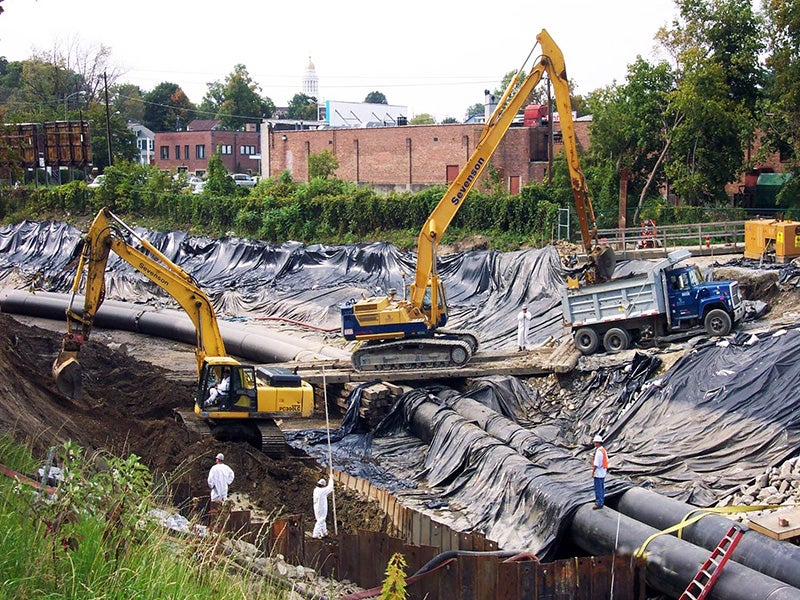Challenging Site Remediation Exemptions
The regulations would allow hazardous chemicals at toxic waste sites to be pumped into the air without any control measures, allowing polluters to avoid much of the cost of cleaning up toxic waste by converting soil pollution to air pollution.
Clients
Regional Office / Program
Case Overview
In 2003, Earthjustice challenged revised regulations from the Environmental Protection Agency that will allow hazardous chemicals at toxic waste sites to be pumped into the air without any control measures. The rule would allow polluters to avoid much of the cost of cleaning up toxic waste by converting soil pollution to air pollution.
In a typical scenario, to clean up a toxic waste site, heat is applied to remove chemical substances from water or soil; however the process also releases a wide array of toxic compounds into the air. Prior to the revision under the Bush Administration, the EPA considered cleanup operations of this nature to be major sources of hazardous air pollution that must be regulated under the Clean Air Act. Under the new rule, the bulk of toxic cleanup sites, all those conducted under the Superfund law (CERCLA) or state programs run under the Resource Conservation and Recovery Act (RCRA) will now be completely exempt from Clean Air Act emission standards.
The EPA claims that the emissions standards are unnecessary because CERCLA and RCRA already require the establishment of appropriate cleanup protocols on a case-by-case basis, yet neither the RCRA nor CERCLA require any air emission standards for toxic waste cleanups. The case is currently being held in suspension.

Case Updates
Case page created on March 2, 2004.